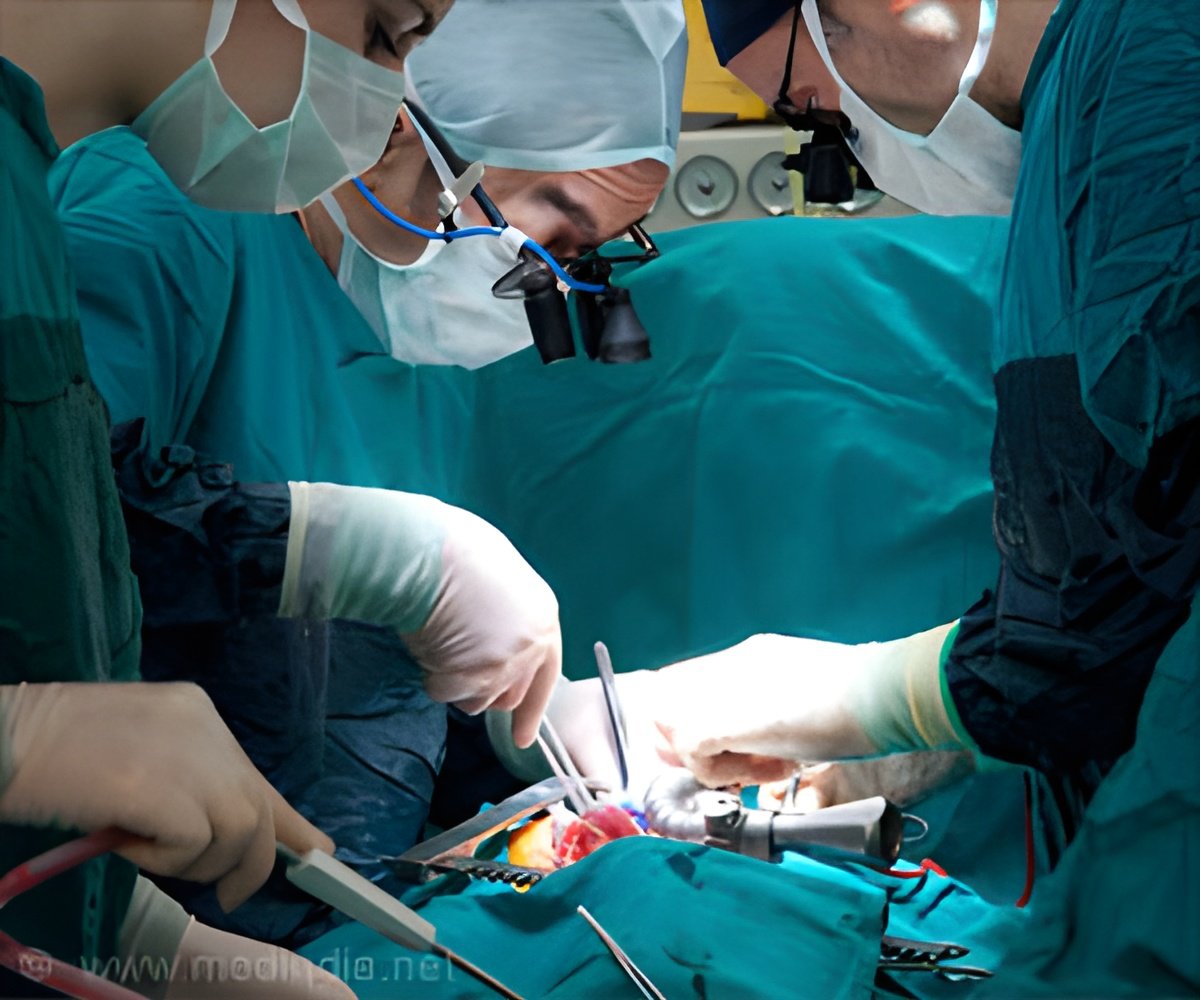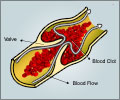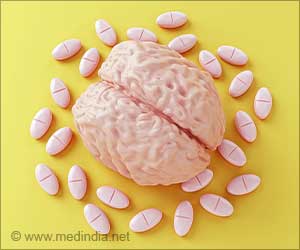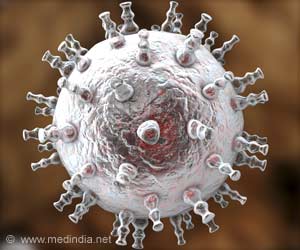Discover how a new hemostatic agent developed from mussels and silkworm cocoons improves surgical outcomes and combat infection.

Protective Topical Dual-Sided Nanofibrous Hemostatic Dressing Using Mussel and Silk Proteins with Multifunctionality of Hemostasis and Anti-Bacterial Infiltration
Go to source).
New Bioadhesive Hemostat Revolutionize Hemostasis in Surgery
In recent news, there has been a case where a patient experienced pain due to a surgical procedure involving sutures, resulting in the unintended presence of gauze within the patient's body. Gauze is typically employed to control bleeding during medical interventions, aiding in hemostasis. However, when inadvertently left in the body, it can lead to inflammation and infection. Conventional hemostatic agents such as gauze or medical bands are limited to application on the surface of the skin. Although there are certain materials that naturally degrade within the body like fibrin glue and collagen sponges, they necessitate proteins sourced from humans or animals, making them considerably expensive. Moreover, existing hemostatic materials lack consistent adherence to bleeding sites and are prone to infection from external contaminants.‘Natural proteins from mussels and silkworms offer effective blood clotting and infection defense. #nanohemostat #mussels #silkworm #hemostasis #cutsinfection #medindia’





A collaborative team, led by Professor Hyung Joon Cha (Department of Chemical Engineering and the School of Convergence Science and Technology) and Dr. Jaeyun Lee (Department of Chemical Engineering) at Pohang University of Science and Technology (POSTECH), Professor Kye Il Joo (Department of Chemical Engineering and Materials Science) at Ewha Womans University, and Dr. Jong Won Rhie (Department of Plastic and Reconstructive Surgery) at Seoul St. Mary's Hospital of the College of Medicine at the Catholic University of Korea, has developed a new nanofiber hemostat.The researchers developed a bilayer adhesive hemostat utilizing mussel adhesive proteins that exhibit strong tissue adhesion underwater and silk fibroin extracted from silkworm cocoons. In the research, mussel adhesive proteins demonstrated excellent hemostatic effects ingcluding platelet activation. The researchers employed methanol vapor to modify the secondary structure of silkworm silk proteins, resulting in a nanofiber membrane with a hydrophobic outer surface.
Did You Know?
Silkworm contains fibroin and sericin which have been used in various tissues of the human body (skin, bone, nerve, and so on). Additionally, silkworm protein also has anti-cancer, anti-oxidant, anti-bacterial, and anti-diabetic properties.
Using two proteins that are both highly biocompatible and biodegradable, the researchers have introduced a novel hemostatic agent capable of clotting blood and providing defense against infection.
Professor Hyung Joon Cha of the POSTECH who led the study remarked, "We have validated the exceptional hemostatic performance of a multifunctional topical adhesive hemostatic agent that is derived from nature and is based on degradable proteins in the human body." He added, "We will continue further research to assess its applicability in real-world patient care or surgical settings."
Advertisement
- Protective Topical Dual-Sided Nanofibrous Hemostatic Dressing Using Mussel and Silk Proteins with Multifunctionality of Hemostasis and Anti-Bacterial Infiltration - (https://onlinelibrary.wiley.com/doi/10.1002/smll.202308833)












